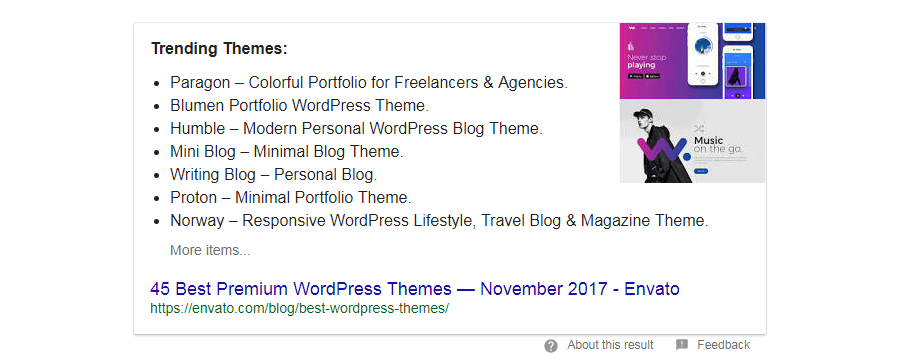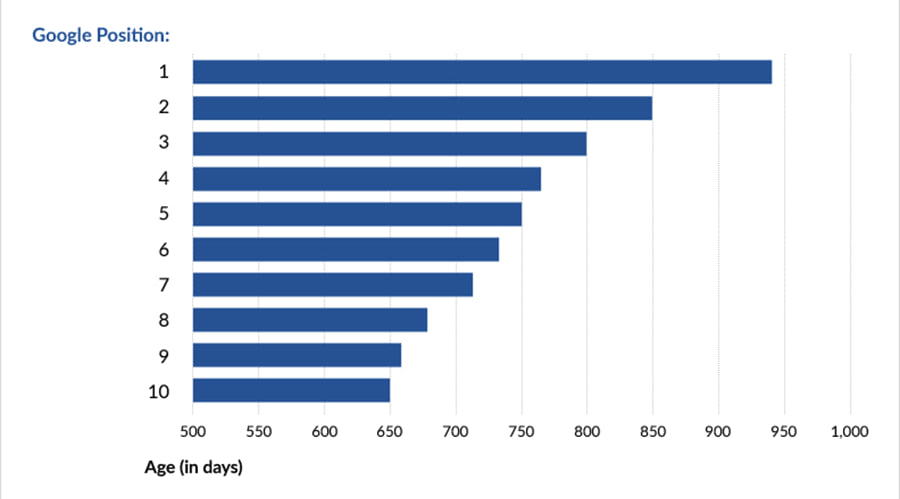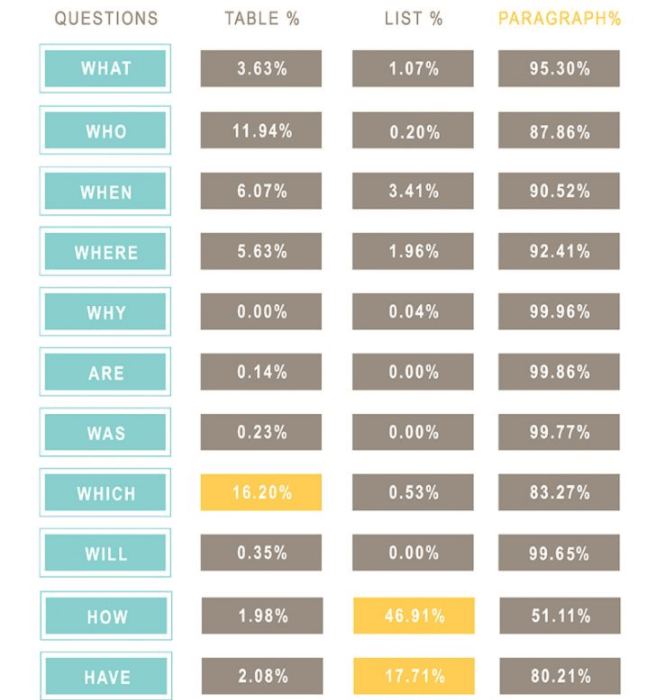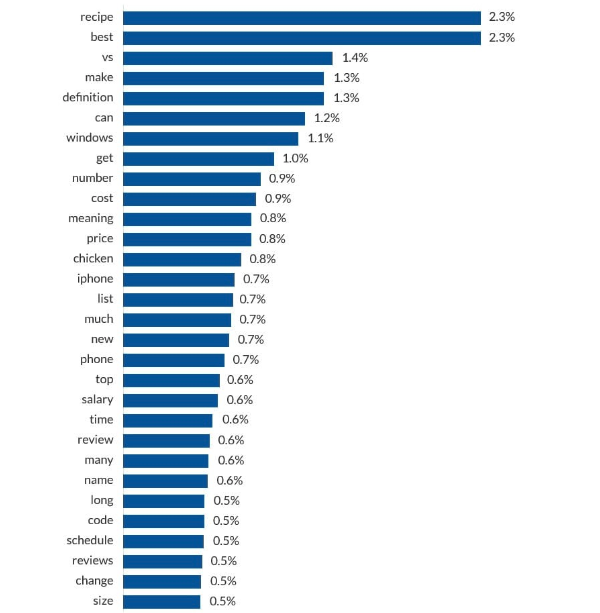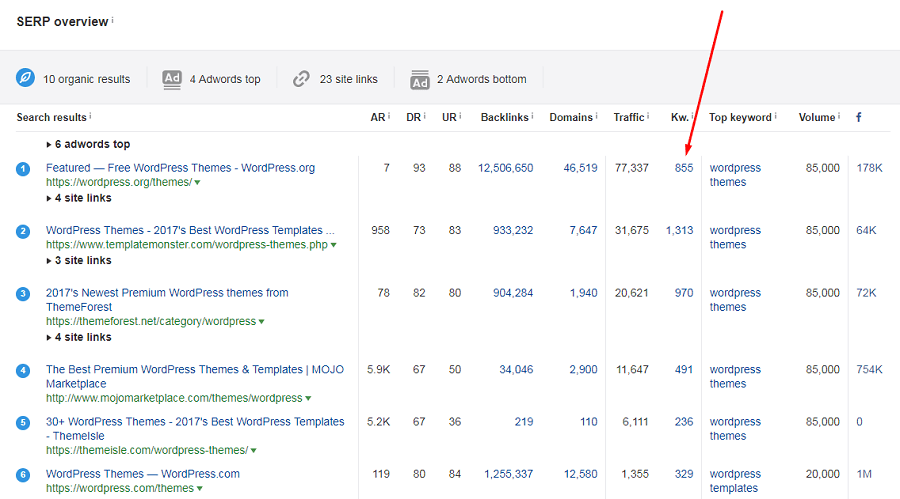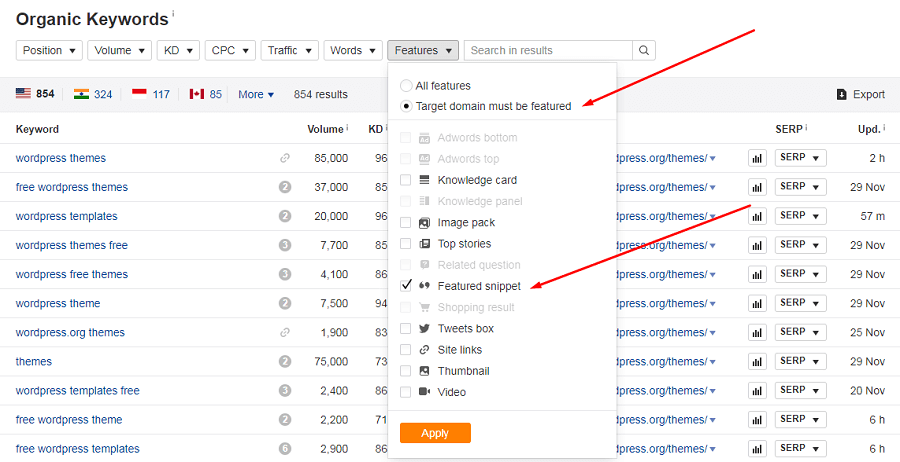How Google Is Stealing Your Organic Traffic and What You Can Do about It
Climbing up that peak in SERP is a tedious process with many roadblocks on the way. Not everyone can make it despite investing a lot of time and resources in SEO campaigns. But even when you rank first, it’s too early to consider yourself a winner.
The page lagging behind in the position #7 can show up just above yours and drive your customers away. That’s the tough reality Google has been keeping content marketers within since the rollout of featured snippets.
This is another SERP feature launched to improve the user experience by giving instant answers to their queries. But what’s handy for users can be a pain for content marketers in the SEO game. The good news is the coin has two sides – you can be the one who lags behind yet ranks higher than the top result.
Learn how you can turn featured snippets to your advantage.
What Are Featured Snippets All about?
First, let’s find out what a featured snippet is. In simple terms, it is a summary of an answer to the user’s query. Google shows it at the very top of SERP, i.e. the so-called position #0. Ads can overtop featured snippets if someone bids for a particular keyword.
Each snippet includes the following items:
- brief information extracted from a webpage;
- page title;
- page URL;
- image (not always).
Note that you must be on the first page of search results to appear in featured snippets. It’s the battle of the best.
What Are the Main Types of Featured Snippets?
There are currently three types of featured snippets you can stumble upon in SERP. They include a paragraph, tablet, and list (numbered and bulleted). Check them out one by one below.
Paragraph Snippet
This snippet gives an answer in a short paragraph mainly when queries start with “what,” “who,” “why,” etc. To increase your click-through rate, write something that could spark people’s interest to learn more info in your post.
List Snippet
Numbered lists explain to users how to complete tasks step by step. They are commonly used for tutorials, recipes, do-it-yourself stuff, and any other “how-to” queries. People click on the page URL to read the info in detail and view images that illustrate steps for better understanding.
When there’s a roundup of special items, bulleted lists come into play. The words used for this type of snippets are “best,” “top,” “new,” “latest,” etc.
Table Snippet
Google shows tables in SERP for queries related to the numeric data. These snippets make it easy to compare items by different criteria such as pricing, brand, etc.
How Frequent Are Featured Snippets in SERP?
As a Google user, you may have noticed yourself that not all queries trigger a featured snippet. According to the study of 112 million keywords, only 12.29% of them come with a snippet in search results.
12% may seem like a small quantity when expressed as a percentage. But in numbers, you get an impressive figure – 14 million keywords. It is not something you can underestimate by any means.
As featured snippets contribute to a user-friendlier experience, which is on Google’s priority list, they are definitely here to stay for long. And the number of 14 million will gradually grow.
How to Rank in Featured Snippets
While featured snippets can affect the first position, they can help pages stuck somewhere in the middle or at the bottom of Top 10. A post ranking #7 has a good chance to rise above the position #1 if you play smart.
Isn’t it a great opportunity to speed things up? On average, pages ranking #1 are almost 3 years old, while those that rank #7 are around 2 years old. So, it takes like a year to get to the top from the position #7, though sometimes the process goes a bit faster.
Time for action! Check out the key steps that will help you win Google’s favor and make it to the position #0.
Step 1. Keep your paragraphs short and concise.
The word count plays a crucial role in ranking a page in a featured snippet. To fit this block, your paragraphs must be short. The HubSpot study of 4,700+ search queries reveals that most snippets are no longer than 54-58 words. Take these figures as your limit.
If your paragraphs are too long, break them down into fewer sentences. Otherwise, your page won’t fit the featured snippet block, and Google will opt for your competitor.
Step 2. Wrap your content in tags.
Some minor tag formatting can make your content a better fit for the featured snippet block. There are two types of tags to use:
- <h2> or <h3> (header tags) for the text including a search query;
- <p> (paragraph tag) for the content you want to appear in a featured snippet.
Step 3. Structure your content in tables and lists.
While paragraphs are still the most common snippets, there’s been an increase of lists and tables in SERP lately. Check out this tendency on the graph by GetStat.
Tables and lists are advantageous for both SEO and readership. Not only do they give Google a signal that your content fits a featured snippet, but also make it easy to scan for visitors. No one reads web copy like a fiction book. People just scan it to find quick answers to their questions.
Step 4. Create your content in the FAQ format.
Web users often ask Google direct questions and expect to find clear answers. So, write new posts and reformat the existing ones around their questions.
A.J. Ghergich studied 1.4 million featured snippets to find out how often different question-based queries show up in each snippet type. Here are the findings of his analysis.
As you can see, question-based queries were best at earning paragraph snippets. The most frequent options in list snippets were “how” and “have,” while “which” outperformed other questions in table snippets.
To come up with ideas on what questions people ask in your niche, use Answer The Public. Simply type an your target keyword, and this free tool will give you a huge list of queries grouped by questions.
Step 5. Use words that trigger featured snippets.
Having analyzed 2 million search queries, guys from Ahrefs compiled a list of 30 words frequently spotted in featured snippets. Note that they didn’t include stop words to their list.
When possible, try to use these words in your content. Some of them like “recipe” and “chicken” probably have nothing to do with your niche unless it’s cookery. But there are also many keywords universal for any industry, e.g. “best,” “vs,” “cost,” “new,” “review,” “definition,” etc.
Step 6. Optimize your content to long-tail keywords.
Keywords with a low search volume, i.e. long-tail keywords, trigger most featured snippets. As you can see below, 85.5% of queries with snippets get no more than 100 searches a month. So, focus on long-tail keywords in your content strategy. Also write in-depth articles, where they will appear naturally. Google penalizes for forced keyword stuffing.
Ubersuggest provides a wide range of long-tail keyword ideas that you can explore alphabetically. The “Expand Keyword” option lets you see even more variations of a certain keyword. The tool is simple in use and free.
Step 7. Steal featured snippets from your competitors.
The tools like Ubersuggest and Answer the Public only give keyword ideas, but don’t show whether they work in reality. To figure it out, you can check what works for your competitors and reformat your content to make it a better fit for Google requirements.
To spy on competitors’ featured snippets, go to this SERP checker in Ahrefs Keywords Explorer. It will show you a table of the top 10 competing pages by your target keyword. One of the columns reveals a total number of keywords that bring organic traffic to each page.
Click on that number to enter the Site Explorer, where you can filter all those organic keywords by “Featured Snippet.”
Besides individual pages, you can check all the featured snippets the entire site of your competitor earns. Shorten the page URL to the domain only in Site Explorer, go to the “Organic Keywords” report, and filter them the same way.
This step may look nasty, but treat all this SEO stuff like a contest. There’s only one first prize to win, and it’s got to be yours by all means.
Wrap-up
Although featured snippets have been here for years, many content marketers still overlook their importance. It’s their loss. But you can’t miss an opportunity to gain a competitive advantage over top players, especially when it’s so easy. There’s no need to reinvent the wheel – some paraphrasing, some changes in formatting, and there you are.
Now let’s do some forecasting. Will there come a time when SERP features push out all the Top 10 results? Share your opinion about it in the comments, please.
About the Author
Nick Campbell is a content creator and marketer at Ahrefs with a passion for technology, SEO, and copywriting. Work up every idea from chaos to clarity is his motto.



